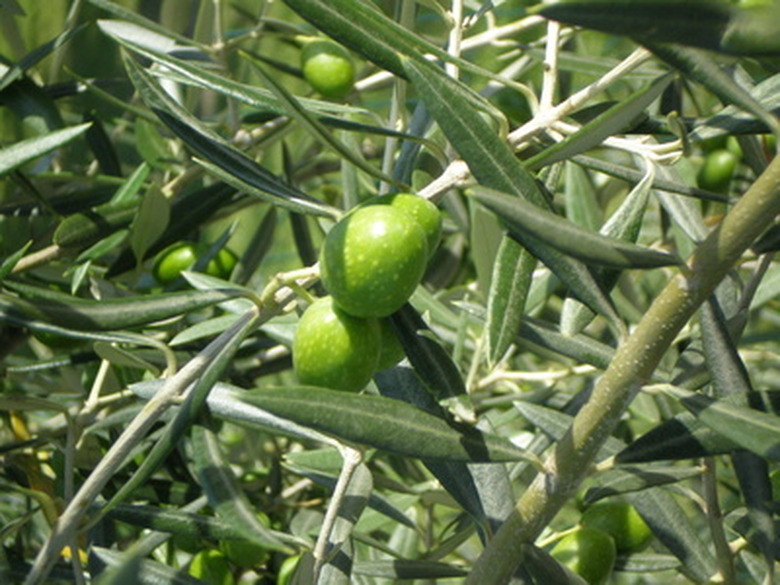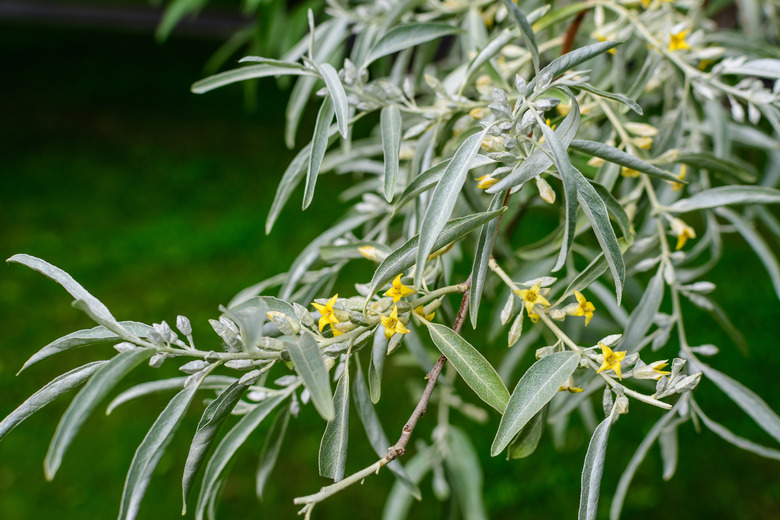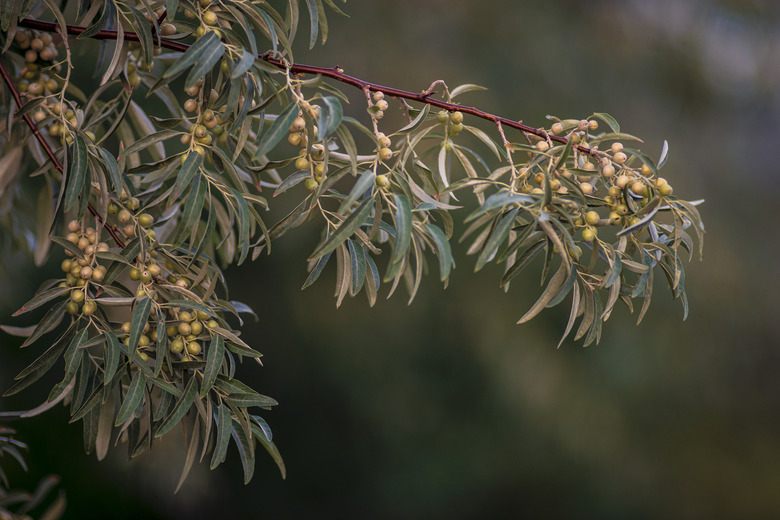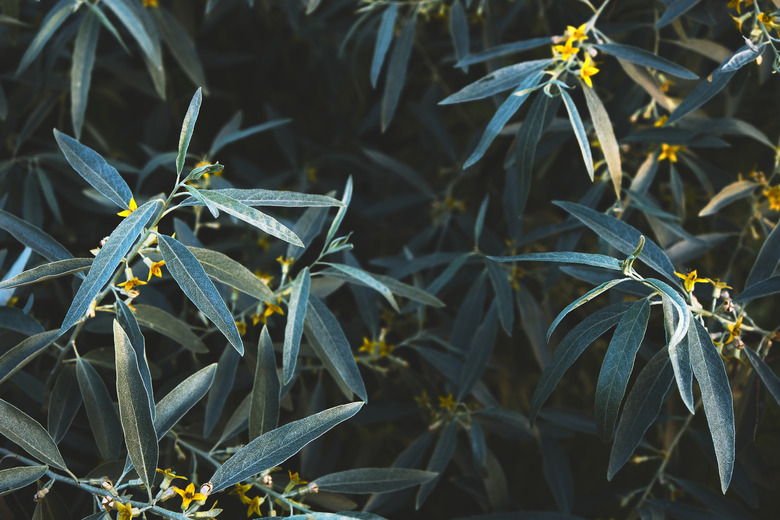How To Grow (And Control) Russian Olive Trees
The Russian olive tree is a small tree that is both adaptable and challenging to grow. Sometimes called oleaster or silverberry, the Russian olive tree (Elaeagnus angustifolia) grows best in USDA hardiness zones 3 to 7, where it can reach a mature height of 12 to 20 feet with a 12- to 20-foot spread.
Warning
The Russian olive tree is highly invasive and is classified as a noxious weed in multiple states. Be sure to check with your local university extension office regarding its invasiveness in your area if you are considering planting this tree.
Russian olive trees were once a popular choice for landscaping but they have fallen out of favor because they are highly invasive. Still, some gardeners choose to grow Russian olive trees at home when an attractive and low-maintenance tree is needed for a challenging area of the landscape.
Russian Olive Tree Facts
Russian olive trees belong to the plant family Elaeagnaceae, which includes 60 species of shrubs and trees. Their native range stretches from western Asia into eastern Europe. They were introduced to North America in the early 1900s as landscape trees due to their fast growth rate and attractive appearance.
Russian olive trees are noted for their highly textured, reddish-brown bark and leathery foliage, which is covered in silvery scales on the undersides. The foliage and the round, 1/2-inch diameter Russian olive tree fruit earned these trees their common name because they closely resemble fruit from the true olive (Olea europaea, zones 8 to 10).
Tip
Russian olive fruit attracts birds, but it is edible to humans, as well. The fruit and other parts of the tree are used as an herbal remedy throughout their native range, according to the National Library of Medicine.).
The Negative Traits of Russian Olive Trees
For all their positive traits, Russian olive trees are not an ideal choice of a small tree for most yards.
They drop litter beneath their boughs, so they should not be planted in high-foot traffic areas. Additionally, Russian olive tree thorns are also very sharp and can cause injuries.
Noteworthy Characteristics of Russian Olive Trees
The most noteworthy characteristic of the Russian olive is its status as an invasive species. It is classified as a noxious weed in multiple states across the Midwest and is listed as an invasive plant by the NC Invasive Plant Council. These trees are also highly invasive in wet areas across the western United States from California to New Mexico, where they take over habitats once dominated by species such the western cottonwood (Populus fremontii, zones 5 to 10).
Russian olive tree infestations are most common in riparian wildlife habitat, such as along streams and other places with moist soil, but they can occur anywhere.
These trees thrive in very poor soil and can outcompete native vegetation, causing native species to die out. Russian olive saplings spring up quickly and can propagate from old cut stumps and from pieces of root left in the soil.
Planting Russian Olive Trees
Russian olive trees have a dense growth habit that makes them useful as a windbreak, but they can also be grown as a shade tree.
Although few pests bother Russian olive trees, these tough non-native plants are quite disease prone when grown under the wrong conditions.
- Wet soil can lead to a host of problems such as canker and verticillium wilt, so grow these trees in well-draining soil.
- Plant Russian olive trees in a sunny site away from streams and other natural waterways where they might escape cultivation.
- Make the planting hole two to three times as wide as the original pot and 1 inch shallower. The root system or root crown of the tree should be slightly above the surrounding soil, because it will settle later on.
- Backfill the planting hole and gently tamp the soil. Water well and then add a little more soil if it settles too much.
- Spread a 2-inch-thick layer of shredded bark mulch over the root zone, which will help keep the soil moist and reduce the need for mowing around the base of the trunk. Make sure that the mulch doesn't rest against the trunk, which can invite disease.
Tip
Established Russian olive trees need little to no care, but it is a good idea to keep the saplings well-watered for their first year in the ground to encourage lush growth, which will improve their sometimes weedy appearance.
Controlling Russian Olive Trees
Anyone who plants Russian olive trees must also learn how to prevent and control their spread. The most important control measure is to **not plant these trees at all if your property abuts a wetlands, lakeside or riparian habitat with natural waterways.**
Russian olives spread primarily through their seeds, so be vigilant and **pull up any seedlings that sprout up around your yard.** Small seedlings are easy to remove by hand pulling, although seedlings with a diameter of up to 3 1/2 inches can be removed using a tool such as a weed wrench, as long as the soil is moist.
Warning
Always wear long sleeves, gloves and goggles when working with these trees, because Russian olive tree thorns can cause serious injury.
Established Russian olive trees are very difficult to get rid of. A backhoe or other large earth mover is required to remove the stump and to grub out the entire Russian olive tree root system.
Girdling and cutting trees down is not an effective removal method, because the trees sprout back from the roots. Treating the cut surfaces with herbicide will help suppress regrowth, but it is not always effective.



